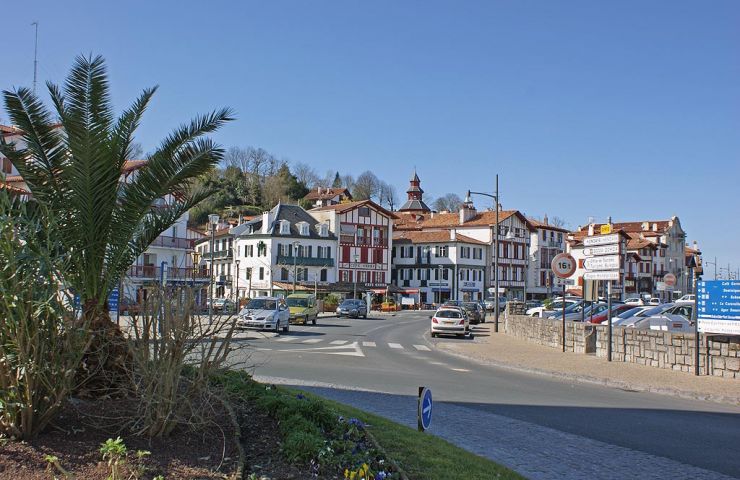Sokoa Piscine & Spa, the swimming pool specialist 10 minutes from Saint-Jean-de-Luz
Sokoa Piscine & Spa, the swimming pool specialist 10 minutes from Saint-Jean-de-Luz
7 m - Saint-Jean-de-Luz
Rest and relaxation

The history of hat making After the Rain: a tradition in Saint-Jean-de-Luz In the heart of Saint-Jean-de-Luz, the ...
7 m - Saint-Jean-de-Luz

For 37 years, the URCHOEGUIA family has been offering all knife enthusiasts a wide range of handcrafted and original ...
50 m - Saint-Jean-de-Luz

Owners of the "La Civette" shop in Saint-Jean-de-Luz for 37 years, the Urchoeguia family, originally from ...
50 m - Saint-Jean-de-Luz

It was on the occasion of the marriage of Louis XIV and the Infanta of Spain in Saint-Jean-de-Luz in 1660 that a few ...
67 m - Saint-Jean-de-Luz

Lohobiague-Enea, also known as "Maison Louis XIV". A living space open to the public, listed as a Historical ...
81 m - Saint-Jean-de-Luz


Saint Jean de Luz
64500 SAINT JEAN DE LUZ
Phone : 05 59 26 03 16
Fax : 05 59 26 21 47
43° 23'17.16"N, 1° 39'47.16"W

7 m - Saint-Jean-de-Luz
Rest and relaxation

7 m - Saint-Jean-de-Luz
Weekend & Holidays

7 m - Saint-Jean-de-Luz
Culture and Heritage

7 m - Saint-Jean-de-Luz
Rest and relaxation

7 m - Saint-Jean-de-Luz
Rest and relaxation

Ciboure, birthplace of Maurice Ravel! Its house where the famous Boléro was written, its port, its marine cemetery, ...
997 m - Ciboure

Urrugne is first and foremost an agricultural area of 5000 hectares between the tip of Socoa, the bidassoa and the ...
4,1 km - Urrugne

Ascain is the traditional village of Labourd in all its splendor with its beautiful Labourdine houses, its Church, ...
5,9 km - Ascain

Discover the port, the Villa Saraleguinea and its Museum of Contemporary Art, the pediment, the terrace of the sea ...
6,0 km - Guéthary

Not far from Biarritz, less than ten kilometers away, Ahetze is located in the province of Labourd. It is a typical ...
7,7 km - Ahetze